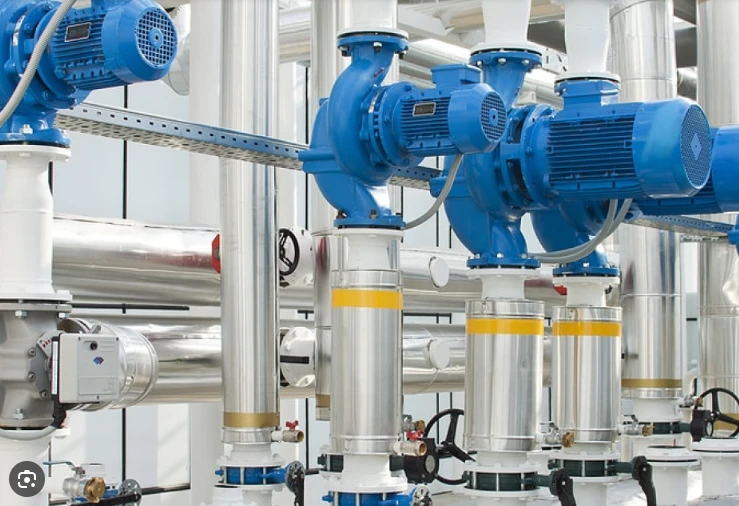English
- Afrikaans
- Albanian
- Amharic
- Arabic
- Armenian
- Azerbaijani
- Basque
- Belarusian
- Bengali
- Bosnian
- Bulgarian
- Catalan
- Cebuano
- Corsican
- Croatian
- Czech
- Danish
- Dutch
- English
- Esperanto
- Estonian
- Finnish
- French
- Frisian
- Galician
- Georgian
- German
- Greek
- Gujarati
- Haitian Creole
- hausa
- hawaiian
- Hebrew
- Hindi
- Miao
- Hungarian
- Icelandic
- igbo
- Indonesian
- irish
- Italian
- Japanese
- Javanese
- Kannada
- kazakh
- Khmer
- Rwandese
- Korean
- Kurdish
- Kyrgyz
- Lao
- Latin
- Latvian
- Lithuanian
- Luxembourgish
- Macedonian
- Malgashi
- Malay
- Malayalam
- Maltese
- Maori
- Marathi
- Mongolian
- Myanmar
- Nepali
- Norwegian
- Norwegian
- Occitan
- Pashto
- Persian
- Polish
- Portuguese
- Punjabi
- Romanian
- Russian
- Samoan
- Scottish Gaelic
- Serbian
- Sesotho
- Shona
- Sindhi
- Sinhala
- Slovak
- Slovenian
- Somali
- Spanish
- Sundanese
- Swahili
- Swedish
- Tagalog
- Tajik
- Tamil
- Tatar
- Telugu
- Thai
- Turkish
- Turkmen
- Ukrainian
- Urdu
- Uighur
- Uzbek
- Vietnamese
- Welsh
- Bantu
- Yiddish
- Yoruba
- Zulu
Telephone: +86 13120555503
Email: frank@cypump.com
Oct . 30, 2024 15:05 Back to list
slurry pump selection
Selecting the Right Slurry Pump A Comprehensive Guide
When it comes to handling abrasive and viscous materials, selecting the right slurry pump is crucial for ensuring efficiency, longevity, and operational effectiveness. Slurry pumps are designed specifically for transporting mixtures of liquids and solids, making them essential in various industries, such as mining, construction, wastewater treatment, and agricultural applications. This article outlines the key factors to consider when selecting a slurry pump, ensuring optimal performance and reliability.
Understanding Slurry Properties
Before diving into pump selection, it's essential to understand the properties of the slurry being handled. Slurries can vary significantly in terms of density, particle size, viscosity, and pH levels. A thorough analysis of these properties will help in determining the type of pump best suited for the task. For example, high-density slurries with larger particle sizes may require a pump with a more robust construction and larger impeller, while lower-density slurries might be effectively handled by less heavy-duty pumps.
Pump Type Selection
There are several types of slurry pumps available, each designed to tackle specific challenges
. The two most common types are centrifugal and positive displacement pumps.- Centrifugal Pumps These pumps use rotational energy to transport fluids and are generally more efficient for low-viscosity slurries. They are often used in applications where high flow rates are necessary, but they may struggle with highly viscous or abrasive slurries.
- Positive Displacement Pumps These pumps move a fixed amount of slurry with each cycle, making them ideal for high-viscosity or high-abrasive applications. They can maintain consistent flow rates regardless of pressure changes, making them suitable for various scenarios, including thick sludge.
Materials and Construction
slurry pump selection

Since slurry pumps operate in harsh environments laden with abrasive materials, the choice of materials is paramount. The pump components, including the casing, impeller, and wear plates, must be made from durable materials that can withstand erosion and corrosion. Common materials include high-chrome alloys, rubber lining, and stainless steel. Choosing the right material not only prolongs the pump's lifespan but also minimizes maintenance costs.
Pump Size and Capacity
Sizing the pump correctly is vital for effective slurry handling. The pump must have the capacity to handle the required flow rate and head height, taking into account factors such as elevation changes, pipeline friction, and potential turbulence. Oversizing can lead to increased energy costs and wear, while undersizing can result in inadequate performance and potential damage.
Operational Conditions
Consider the operational conditions where the pump will be installed. Factors such as temperature, ambient conditions, and available power supply can significantly influence pump selection. Ensure that the chosen pump is rated for the specific operating environment to avoid premature failure.
Maintenance and Support
Lastly, consider the maintenance requirements and support offered by pump manufacturers. Regular maintenance is essential for ensuring optimal performance and extends the equipment's lifespan. Choose a manufacturer that provides comprehensive support, training, and availability of spare parts, as this can greatly reduce downtime and operational inefficiencies.
Conclusion
Selecting the right slurry pump involves a thorough understanding of the slurry characteristics, pump types, material durability, sizing, operational conditions, and maintenance considerations. By carefully evaluating these factors and working with knowledgeable suppliers, businesses can ensure they choose the most suitable pump for their needs, thereby optimizing performance and reducing costs in their operations.
-
Horizontal Split Case Pump with GPT-4 Turbo | High Efficiency
NewsAug.01,2025
-
ISG Series Pipeline Pump - Chi Yuan Pumps | High Efficiency, Durable Design
NewsAug.01,2025
-
Advanced Flue Gas Desulfurization Pump with GPT-4 Turbo | Durable & Efficient
NewsJul.31,2025
-
ISG Series Vertical Pipeline Pump - Chi Yuan Pumps | Advanced Hydraulic Design&Durable Construction
NewsJul.31,2025
-
ISG Series Vertical Pipeline Pump - Chi Yuan Pumps | Energy Efficient & Low Noise
NewsJul.31,2025
-
pipeline pump - Chi Yuan Pumps Co., LTD.|High Efficiency&Low Noise
NewsJul.31,2025










